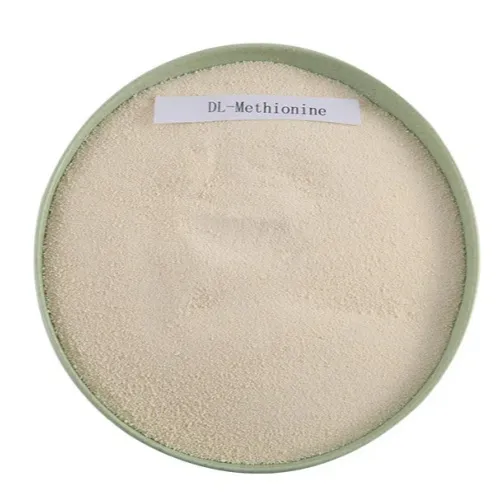 Email: sale@hebeidisha.com
Email: sale@hebeidisha.com
 Tel: +86 13315186550
Tel: +86 13315186550
- Afrikaans
- Albanian
- Amharic
- Arabic
- Armenian
- Azerbaijani
- Basque
- Belarusian
- Bengali
- Bosnian
- Bulgarian
- Catalan
- Cebuano
- China
- China (Taiwan)
- Corsican
- Croatian
- Czech
- Danish
- Dutch
- English
- Esperanto
- Estonian
- Finnish
- French
- Frisian
- Galician
- Georgian
- German
- Greek
- Gujarati
- Haitian Creole
- hausa
- hawaiian
- Hebrew
- Hindi
- Miao
- Hungarian
- Icelandic
- igbo
- Indonesian
- irish
- Italian
- Japanese
- Javanese
- Kannada
- kazakh
- Khmer
- Rwandese
- Korean
- Kurdish
- Kyrgyz
- Lao
- Latin
- Latvian
- Lithuanian
- Luxembourgish
- Macedonian
- Malgashi
- Malay
- Malayalam
- Maltese
- Maori
- Marathi
- Mongolian
- Myanmar
- Nepali
- Norwegian
- Norwegian
- Occitan
- Pashto
- Persian
- Polish
- Portuguese
- Punjabi
- Romanian
- Russian
- Samoan
- Scottish Gaelic
- Serbian
- Sesotho
- Shona
- Sindhi
- Sinhala
- Slovak
- Slovenian
- Somali
- Spanish
- Sundanese
- Swahili
- Swedish
- Tagalog
- Tajik
- Tamil
- Tatar
- Telugu
- Thai
- Turkish
- Turkmen
- Ukrainian
- Urdu
- Uighur
- Uzbek
- Vietnamese
- Welsh
- Bantu
- Yiddish
- Yoruba
- Zulu
9月 . 26, 2024 07:04 Back to list
caprolactam process
The Caprolactam Process An Overview of Production and Applications
Caprolactam is a key industrial chemical primarily used as a precursor to Nylon 6, a versatile synthetic polymer. This cyclic amide (or lactam) is produced through a multi-step process that transforms petroleum-based feedstocks into high-value nylon. This article delves into the caprolactam production process, its applications, and the innovations and challenges within this industry.
The Production Process
The most common method for producing caprolactam is through the ring-opening polymerization of ε-caprolactam, which can be obtained from several pathways. The traditional method involves the following steps
1. Raw Material Source The primary feedstocks for caprolactam production are cyclohexane and benzene. Cyclohexane is often derived from the hydrogenation of benzene, a much simpler process that comes with fewer by-products.
2. Oxidation The first major step in the caprolactam process is the oxidation of cyclohexane to produce cyclohexanone and cyclohexanol. This can be accomplished through air oxidation under high temperatures and pressures, using catalysts to facilitate the reaction.
3. Amination The next step involves the reaction of cyclohexanone and cyclohexanol with ammonia, resulting in the formation of caprolactam. This reaction typically takes place in the presence of an acid catalyst, which facilitates the transformation into the desired lactam.
4. Separation and Purification The crude caprolactam created in the amination process contains impurities that must be removed to obtain high-purity caprolactam. This is achieved through a series of purification steps, including distillation and crystallization.
5. Polymerization (Optional) Once caprolactam is produced, it can undergo polymerization to form Nylon 6. This step involves the removal of water to encourage the ring-opening polymerization of caprolactam, resulting in long-chain polymers that have excellent mechanical properties.
Applications of Caprolactam
caprolactam process

Caprolactam is predominantly used in the production of Nylon 6, which is utilized across various industries due to its excellent strength, elasticity, and resistance to abrasion. Here are some of the key applications
1. Textiles and Fabrics Nylon 6 fibers are commonly used in the apparel industry for clothing, hosiery, and other textile applications due to their durability and elasticity.
2. Plastics and Engineering Materials Nylon 6 can be molded into various shapes, making it ideal for components in automotive, electrical, and consumer goods manufacturing.
3. Coatings and Adhesives The chemical properties of caprolactam and its derivatives are exploited in the development of coatings, adhesives, and sealants that require durability and chemical resistance.
4. Consumer Products Beyond industrial applications, Nylon 6 is found in everyday products such as carpets, ropes, and various household items, owing to its versatility and performance.
Innovations and Challenges in the Caprolactam Industry
As the demand for caprolactam and its derivatives grows, so too does the focus on improving the efficiency and sustainability of the production process. Many companies are investing in research to develop novel catalytic processes that reduce the environmental footprint by minimizing waste and energy consumption. This includes exploring alternative feedstocks such as bio-based sources and leveraging advances in green chemistry.
However, several challenges persist. The reliance on fossil fuels for production raises sustainability concerns, particularly in the context of global efforts to reduce carbon emissions and transition to a circular economy. Additionally, fluctuations in crude oil prices can impact the cost and availability of raw materials essential for caprolactam production.
Conclusion
The caprolactam process plays a crucial role in the modern chemical industry, serving as a vital link between raw petrochemical feedstocks and high-performance polymers. As industries continue to evolve, there is a growing need for innovation and sustainable practices in caprolactam production. By addressing the challenges and focusing on technological advancements, manufacturers can ensure the longevity and relevance of caprolactam in an increasingly eco-conscious market. As we move forward, the future of this essential compound in materials science remains promising, driven by both environmental imperatives and continuing industrial demand.
Latest news
-
Certifications for Vegetarian and Xanthan Gum Vegetarian
NewsJun.17,2025
-
Sustainability Trends Reshaping the SLES N70 Market
NewsJun.17,2025
-
Propylene Glycol Use in Vaccines: Balancing Function and Perception
NewsJun.17,2025
-
Petroleum Jelly in Skincare: Balancing Benefits and Backlash
NewsJun.17,2025
-
Energy Price Volatility and Ripple Effect on Caprolactam Markets
NewsJun.17,2025
-
Spectroscopic Techniques for Adipic Acid Molecular Weight
NewsJun.17,2025